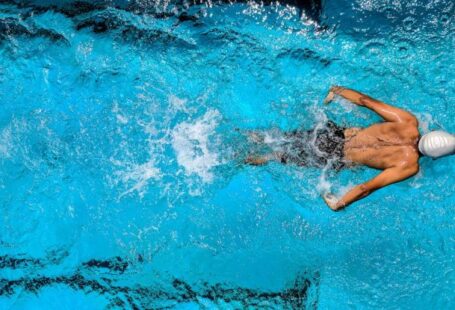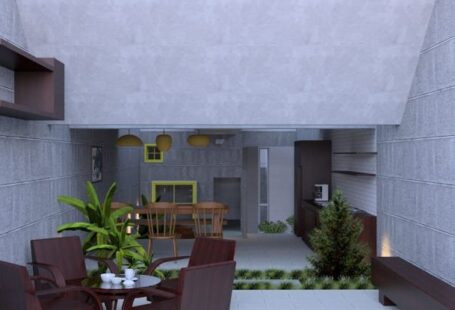Designing a Water-based HIIT Session
High-Intensity Interval Training (HIIT) has gained immense popularity in recent years due to its effectiveness in burning calories and improving cardiovascular fitness in a short amount of time. When it comes to HIIT, incorporating water-based exercises can add an extra challenge and fun element to the workout. This article will guide you on how to design a water-based HIIT session that is both effective and enjoyable.
The Benefits of Water-based HIIT
Water-based HIIT workouts offer a myriad of benefits that set them apart from traditional land-based HIIT sessions. Exercising in water provides natural resistance, making the workout more challenging for the muscles while being gentle on the joints. The buoyancy of water reduces the impact on the body, making it an ideal option for individuals with joint pain or injuries. Additionally, working out in water helps to cool the body, preventing overheating during intense exercise. Overall, water-based HIIT sessions provide a full-body workout that improves strength, endurance, and flexibility.
Setting the Intensity Levels
Before designing a water-based HIIT session, it is crucial to set the intensity levels based on the fitness levels of the participants. HIIT is all about alternating between high-intensity bursts of exercise and short rest periods. In a water-based setting, the resistance of the water itself adds an extra challenge, so it is essential to tailor the intensity levels to ensure participants are pushing themselves while maintaining proper form. Beginners may start with shorter work intervals and longer rest periods, gradually increasing the intensity as they progress.
Choosing the Exercises
When selecting exercises for a water-based HIIT session, it is essential to choose movements that target multiple muscle groups and elevate the heart rate. Incorporating a variety of exercises will keep the workout engaging and effective. Some effective water-based HIIT exercises include tuck jumps, flutter kicks, cross-country ski, high knees, and bicycle kicks. These exercises can be modified to suit different fitness levels by adjusting the speed and intensity of the movements.
Structuring the Session
To design an effective water-based HIIT session, it is crucial to structure the workout in a way that maximizes results while providing adequate rest periods. A typical water-based HIIT session may consist of a warm-up followed by several rounds of high-intensity exercises interspersed with short rest periods. Each round can focus on different muscle groups to ensure a full-body workout. It is essential to monitor participants’ form and provide modifications as needed to prevent injuries.
Incorporating Interval Timing
The key to a successful HIIT session lies in the interval timing. In a water-based setting, timing becomes even more critical due to the resistance of the water. Aim to keep work intervals between 30 seconds to 1 minute, followed by 15-30 seconds of rest. This ratio allows participants to push themselves during the work intervals while ensuring they have enough time to recover before the next round. Experiment with different interval timings to find what works best for your group.
Adding a Fun Element
One of the advantages of water-based HIIT sessions is the element of fun they bring to the workout. To keep participants motivated and engaged, consider incorporating games or challenges into the session. For example, you can set up relay races, partner exercises, or timed challenges to add a competitive aspect to the workout. Adding music can also enhance the atmosphere and keep participants energized throughout the session.
Cool Down and Stretching
After completing a water-based HIIT session, it is essential to allow time for a proper cool down and stretching. Cooling down helps lower the heart rate and prevent dizziness, while stretching improves flexibility and reduces muscle soreness. Encourage participants to perform gentle stretches targeting the major muscle groups used during the workout. Incorporating relaxation techniques such as deep breathing can also help promote recovery and reduce stress.
Creating a Water-based HIIT Community
In conclusion, designing a water-based HIIT session requires careful planning and consideration of the participants’ fitness levels and goals. By setting the right intensity levels, choosing effective exercises, structuring the session properly, incorporating interval timing, adding a fun element, and including a cool down and stretching routine, you can create a challenging and enjoyable workout experience for your group. Water-based HIIT sessions not only improve physical fitness but also foster a sense of community and camaraderie among participants. So, grab your swimsuit, jump in the pool, and get ready to make a splash with your next water-based HIIT session!





